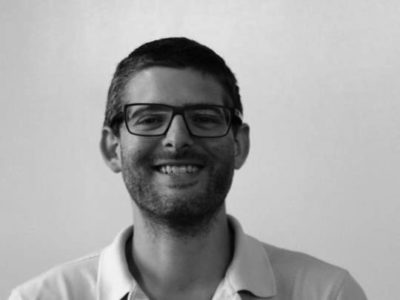Joshua Meyer

Joshua explains that adopting new technologies that integrate with a digital asset management system have their benefits, but also can be cause for new and unforeseen issues.
What companies/organizations have you worked for as a DAM professional? What was your role at each?
My first exposure to digital asset management systems was as a library science intern at Longwood Gardens in Kennett Square, PA helping to manage their digital repository of images related to horticulture, allied fields and institutional assets.
After earning my MLIS, I worked for over two years as a Digital Archivist / Data Manager in the Office of the University Architect at the University of Pennsylvania. I managed and was systems administrator for a hybrid DAM/DBMS for architecture, engineering and construction documentation consisting of blueprints, drawings, images, CAD, and associated files.
Earlier this year I was hired as Knowledge Manager at KieranTimberlake, an architecture firm in Philadelphia. I’m currently in the process of implementing a DAM system to help meet many knowledge management goals and objectives.
How did you learn DAM? Any recommended sources?
I owe my success in DAM to my training at Longwood Gardens. They have a one year library science internship that focuses on DAM systems, traditional archives and library management supporting academic, research and special collections. Longwood Gardens’ focus on education as well as sharing intellectual capital creates a great environment for learning. I have found that webinars, white papers and blogs are great for information on best practices and troubleshooting, but nothing beats the act of trialing a product in tandem with its tutorial resources. 15 day trials truly benefit both the buyer and the vendor in the DAM industry.
If you weren’t doing DAM as a career, what would you be doing?
I have a professional degree in landscape architecture as well as graduate degrees in sustainable development and library + information science, so I have always aimed to pursue career interests that support the culmination of my training. Before taking the job at Penn, I was also interviewing for architecture librarian positions at academic institutions [check out the related organization AASL]. I’ve also worked on historic landscape architecture projects including research and cultural landscape reports; I could see myself pursuing these types of projects again later in life, post retirement.
What is your ongoing greatest challenge with DAM?
Managing a DAM system in the AEC [architecture, engineering and construction] industry is unique due to the workflows and shear volume of asset creation paired with additional needs for marketing, communication and document management activities. While digital asset management systems function beautifully when used as repository for precisely curated final images, many systems have evolved to also tackle productivity, document management and integration.
While I think these strides are very impressive and speak volumes to the ingenuity of the DAM industry, it has also sparked the major ongoing client/owner activity of testing, researching and soliciting feedback for for these new plug-ins, tools and updates for possible adoption. Many times you’ll look to adopt cutting edge updates to help meet higher level goals and then again once in awhile you may even take a bet on bleeding edge technology.
With the industry being so innovative these days we are given so many options to improve our infrastructure and in some cases our entire knowledge management processes. Having these choices is great, but it requires due diligence. So I’d say the greatest challenge these days is being proactive in learning about the new advances in DAM while at the same time being comfortable with decision making and how it affects one’s organization overall.
This interview originally appeared on DAM Guru on Mon, 23 Nov 2015. For more DAM News interviews, see the interviews index page.
Share this Article:
